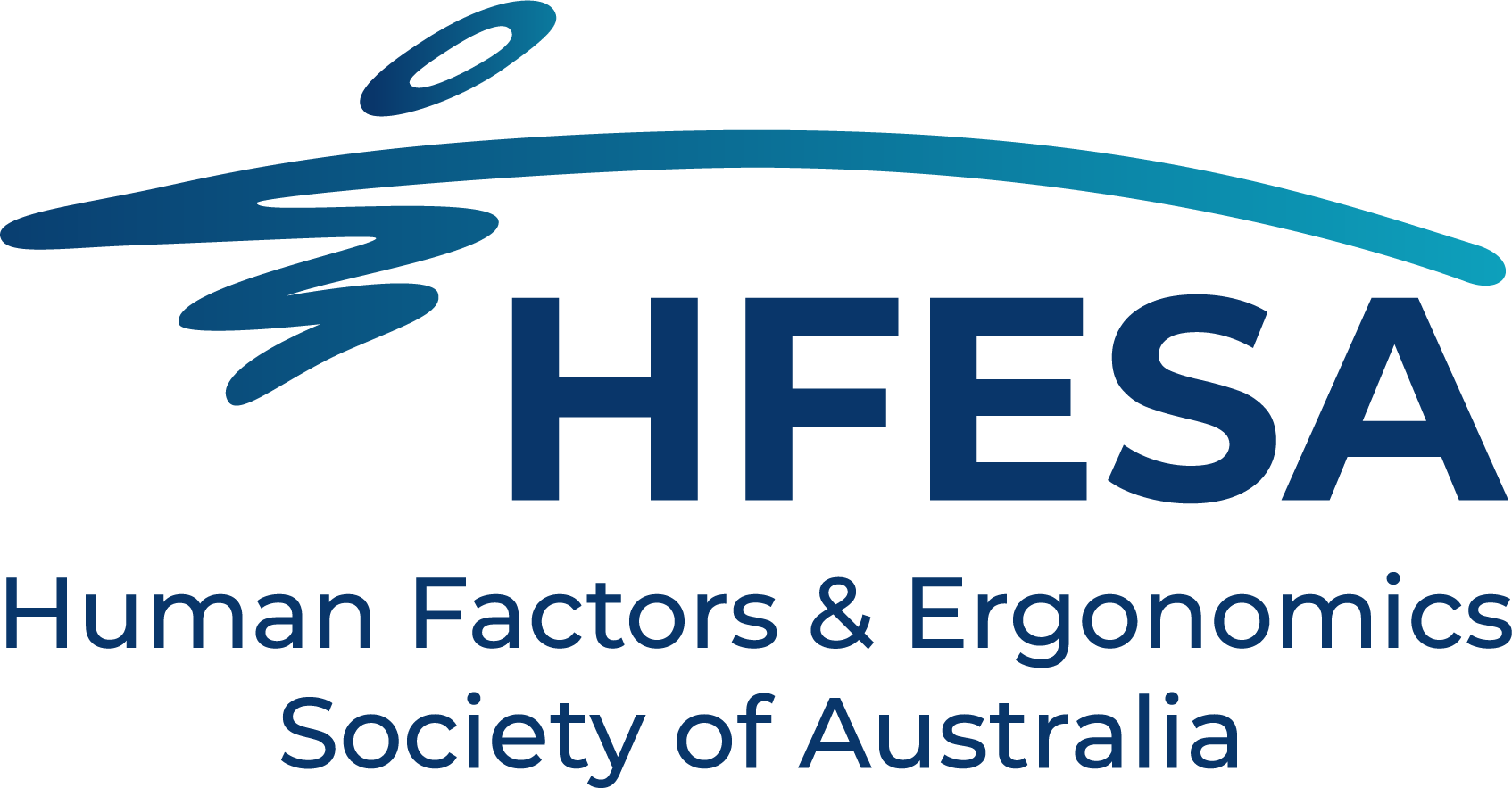Authors: S. McLeana, B. J. Kinga, J. Thompsonb , T. Cardena , N. A. Stantonc , C. Baberd, G. J. M. Reada,e and P. M. Salmon.
ABSTRACT:
Artificial Intelligence (AI) is being increasingly implemented within road transport systems world-wide. Next generation of AI, Artificial General Intelligence (AGI) is imminent, and is anticipated to be more powerful than current AI. AGI systems will have a broad range of abilities and be able to perform multiple cognitive tasks akin to humans that will likely produce many expected benefits, but also potential risks. This study applied the EAST Broken Links approach to forecast the functioning of an AGI system tasked with managing a road transport system and identify potential risks. In total, 363 risks were identified that could have adverse impacts on the stated goals of safety, efficiency, environmental sustainability, and economic performance of the road system. Further, risks beyond the stated goals were identified; removal from human control, mis-managing public relations, and self-preservation. A diverse set of systemic controls will be required when designing, implementing, and operating future advanced technologies.
Practitioner summary:
This study demonstrated the utility of HFE methods for formally consid-ering risks associated with the design, implementation, and operation of future technologies. This study has implications for AGI research, design, and development to ensure safe and ethical AGI implementation.
